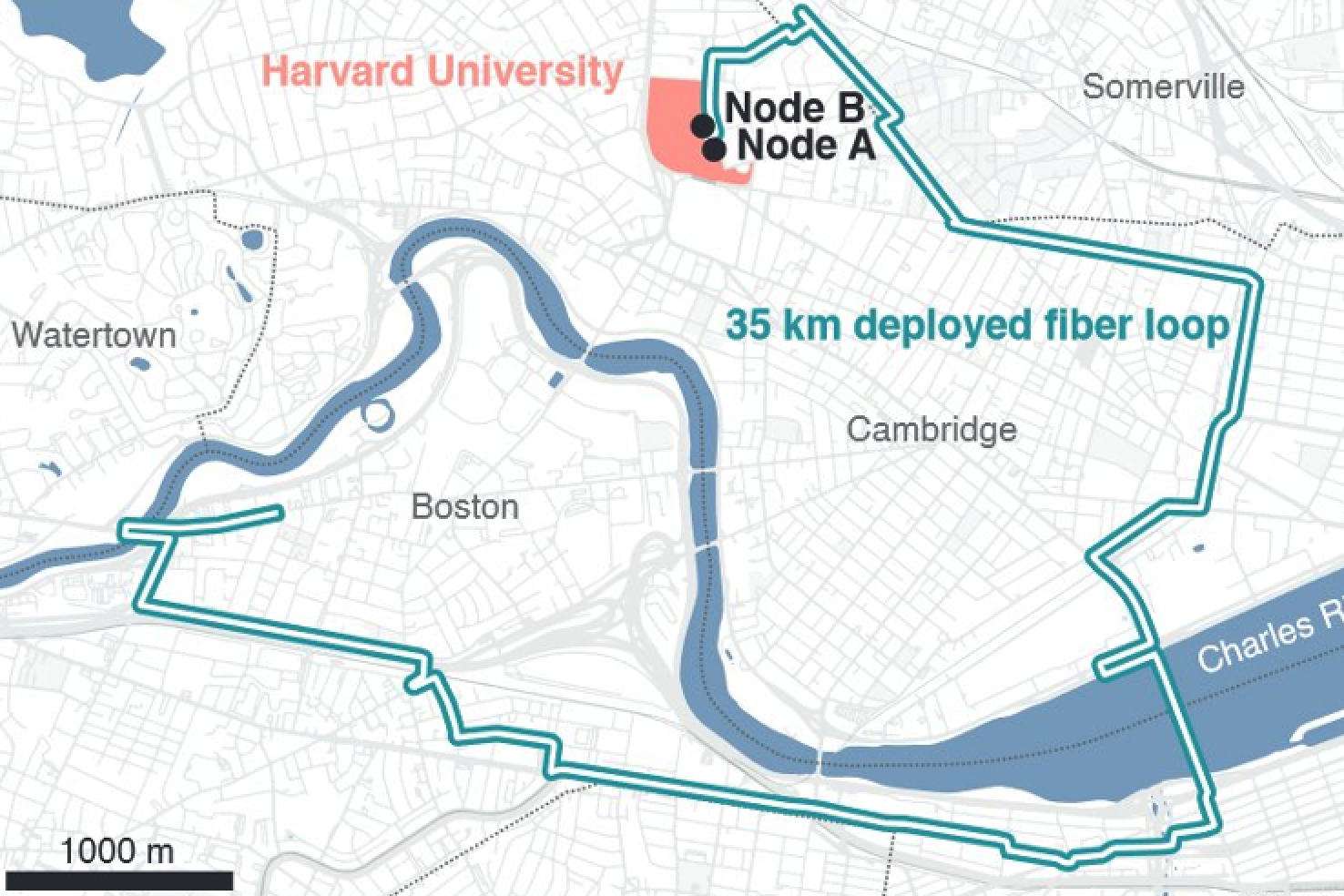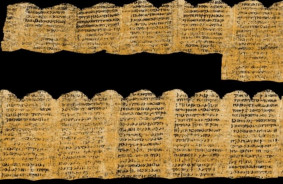Amazon and Harvard University have created a "quantum network" that transmitted an entangled photon from one quantum computer to another through a 35-kilometer optical fiber cable.
Researchers placed a set of nodes around Boston to build a network capable of "effectively capturing, storing, and transmitting information that was originally stored in light." Like the internet we know, quantum networks transmit information carried by light - in this case, quantum entangled photons. But they need "repeaters" to prevent photons from dispersing over long distances, as light normally does. Repeaters must be able to send a photon without disturbing its entanglement and without changing the information.
Harvard and AWS report that experimental nodes use cavities in diamonds that "trap light and make it interact with quantum memory." These nodes can be mass-produced using existing technologies. During experiments, the team took a qubit encoded in a photon and reflected it off the quantum memory in Harvard's laboratory.
"When the photon interacts with the quantum memory, it becomes entangled in memory - this means that measurements performed either on the photon or on the memory will provide information and thus change each other's state.
However, instead of measuring the photon (that is, obtaining information), the photon undergoes a quantum transformation from visible frequency (where quantum memory operates) to a telecommunication frequency (where losses in optical fiber are minimized). Thus, the photon makes a journey back and forth through an underground optical fiber network before returning to Harvard, where it converts back to visible frequency.
After completing this journey, the photon reflects off another quantum memory in another laboratory, thus transferring the entanglement of the photon to this second memory. Finally, the photon, bouncing off the second memory, heads to a detector that detects the presence of the photon but does not reveal any fundamental quantum information contained in the light. It becomes entangled with memory - this means that measurements on either the photon or the memory change each other's state. Then the photon is converted from visible frequency to telecommunication frequency, which then bounces back to another laboratory, thus completing the journey".
Initial experiments showed that the entangled photon traveled over 35 kilometers. The entangled photon was maintained for over a second, which, according to the company, is enough for light to travel over 300,000 km and more than enough time to circumnavigate the world 7.5 times.
Quantum networks use the same principles as quantum computing, using the quantum state of photons to transmit information. Experiments with quantum networks have been conducted for some time, but no one has yet created a fully commercial version. Scientists say that many improvements are still needed before the quantum network becomes scalable and commercially viable. For now, it is slow and can only send one qubit at a time.
Source: The Verge














Comments (0)
There are no comments for now